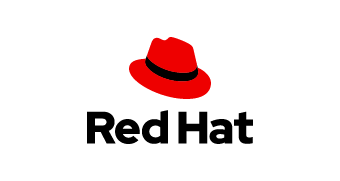
Red Hat has announced the latest release of Red Hat Integration. Red Hat Integration is a solution for handling integration and event processing. It allows users to create, extend, and deploy container-based integration services across hybrid and multicloud environments.
The latest release introduces several new capabilities designed for Kubernetes-native applications. New features include the ability to prevent runtime errors using Service Registry, record real-time updates to changing data, improved availability and consistency of Apache Kafka clusters, and the ability to deploy integration logic natively to Kubernetes.
Aqua Security releases two new versions of platform
The two new versions are Aqua Wave and Aqua Enterprise. Aqua Wave is a SaaS-only platform that makes it easy to secure applications as they are built as well as the infrastructure they are built on. Aqua Enterprise offers capabilities for securing workloads at runtime across the technology stack, Aqua Security explained.
“We have been investing aggressively in innovation resulting in truly unique capabilities for protecting our customers’ cloud native stacks. Having established dedicated teams focusing on cyber security research and open source development, we’re cementing our position as the cloud native security industry experts,” noted Dror Davidoff, CEO and co-founder of Aqua. “In recent months we introduced new products such as Aqua Dynamic Threat Analysis to identify hidden malware before they reach production, and Aqua vShield to protect vulnerable applications from exploits when fixes are unavailable or cannot be applied. The new Aqua Wave and Aqua Enterprise offerings further extend our ability to deliver best-in-class solutions however customers choose, entirely as SaaS, on-premises, or in a hybrid model.”
ManageEngine ADSelfService Plus adds Conditional Access Policy
The Conditional Access Policy for ManageEngine’s single sign-on solution uses predefined risk factors to authorize user access to devices and applications. User location, IP address range, device type, and business hours are all valid risk factors that can be used by this new feature.
“With so many employees working beyond the corporate firewall, and on devices not under the IT team’s direct control, IT decision makers must rethink their approach to risk reduction for unauthorized access to resources,” said Parthiban Paramasivam, director of product management, ADSelfService Plus. “ADSelfService Plus’ Conditional Access Policy ensures that every access request is judged based on multiple risk factors without impeding employee productivity.”








